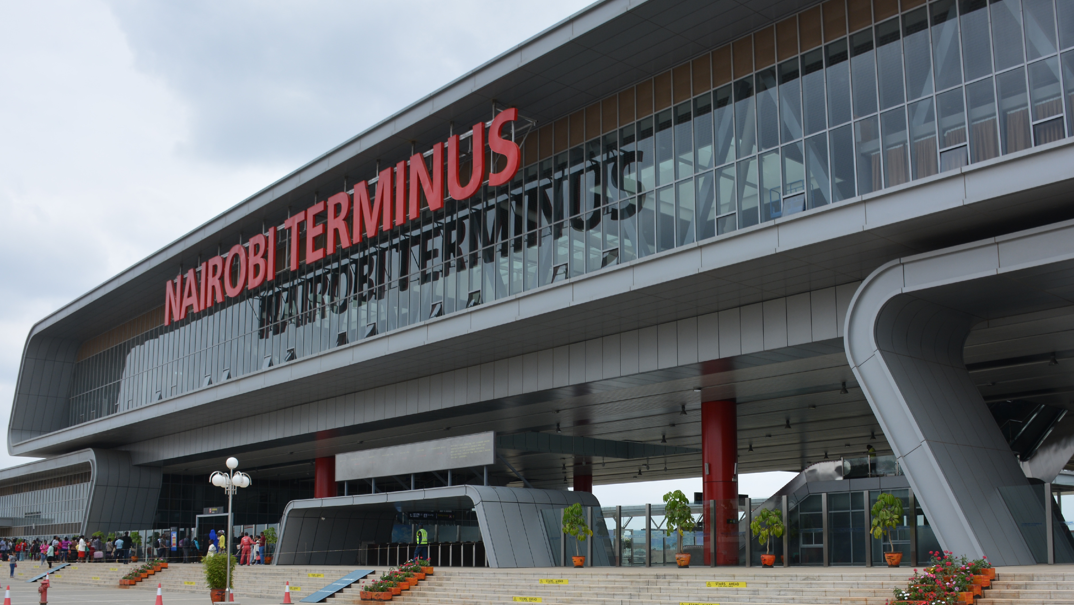China reaffirms support for Kenya SGR expansion
By Onyango KOnyango, January 21, 2025Debates surrounding the expansion of Kenya’s Standard Gauge Railway (SGR) from Duka Moja in Narok to Malaba, on the border with Uganda, have sparked public discussions. Many Kenyans are wondering whether China has abandoned this flagship project, especially after President William Ruto revealed that his recent trip to the United Arab Emirates included discussions about this multi-billion-shilling initiative.
This speculation follows a landmark agreement between President Ruto and Chinese President Xi Jinping four months ago, in which both leaders committed to negotiations to extend the railway line, not just for Kenya, but for the entire region.
The SGR, a core product of China’s Belt and Road Initiative (BRI) launched by Xi Jinping in 2013, has revolutionised passenger and cargo transportation. However, for its full economic benefits to be realised, the railway needs to be extended to the border. The BRI aims to boost infrastructure connectivity across Asia, Africa, and Europe through roads, railways, and ports. China’s Forum on China-Africa Cooperation (FOCAC) further enhances this vision, promoting collaboration on industrialization, energy, agriculture, and other vital sectors, while addressing Africa’s infrastructure deficit.
China stands out as the only global partner consistently supporting large-scale infrastructure projects in Africa. While many Western countries have been hesitant to provide financial backing for such projects due to concerns about loan repayment, China has been a reliable partner. This support is crucial for Africa’s development, enabling countries to industrialise, add value to raw materials, and reduce their reliance on raw exports. Improving infrastructure is essential for unlocking the continent’s economic potential.
Given China’s successful track record with infrastructure development in Africa, there is confidence that Beijing will help Kenya extend the SGR to the border, particularly as Uganda has already started construction from Kampala. Despite some previous disappointments with Western partners, Kenya remains committed to securing funding for this vital project. The current administration under President Ruto is serious about the SGR expansion, and ongoing negotiations with China are expected to secure the financing necessary to complete the project.
The extension of the SGR to the border will provide a critical competitive advantage for the region. It will improve connectivity between Kenya and Uganda, as well as with South Sudan, Rwanda, and the Democratic Republic of Congo (DRC). The expansion will help counter Tanzania’s growing influence in the region, especially its focus on the resource-rich DRC. With Sino-Kenya relations now elevated to a strategic partnership, China’s commitment to supporting Kenya’s development agenda is clear. China’s ambassador to Kenya, Guo Haiyan, recently reaffirmed China’s dedication to helping Kenya extend the SGR to the border, as well as to dual the Northern Corridor Road.
“I want to reaffirm China’s commitment to supporting Kenya’s development agenda, particularly through continued financial backing for the extension of the Standard Gauge Railway from Naivasha to the Malaba border and the Belt and Road Initiative, which is set to enhance the Nairobi-Nakuru-Malaba road network,” Ambassador Guo said after meeting Prime Cabinet Secretary Musalia Mudavadi.
Both the SGR and the Northern Corridor Road are key infrastructure assets for the region, providing vital connectivity that will spur economic growth. Improved transport efficiency will enhance regional trade, create more jobs, and reduce the cost of doing business.
The Kenyan government has projected that the 475km SGR extension will be completed by June 2028, with an estimated cost of over Sh720 billion. Construction will begin in early 2025, with at least 10 percent of the project expected to be finished by June of that year.
The completion of the SGR extension will ease transport logistics and significantly boost trade.
— The Writer is a Journalist and Communication Consultant
More Articles

